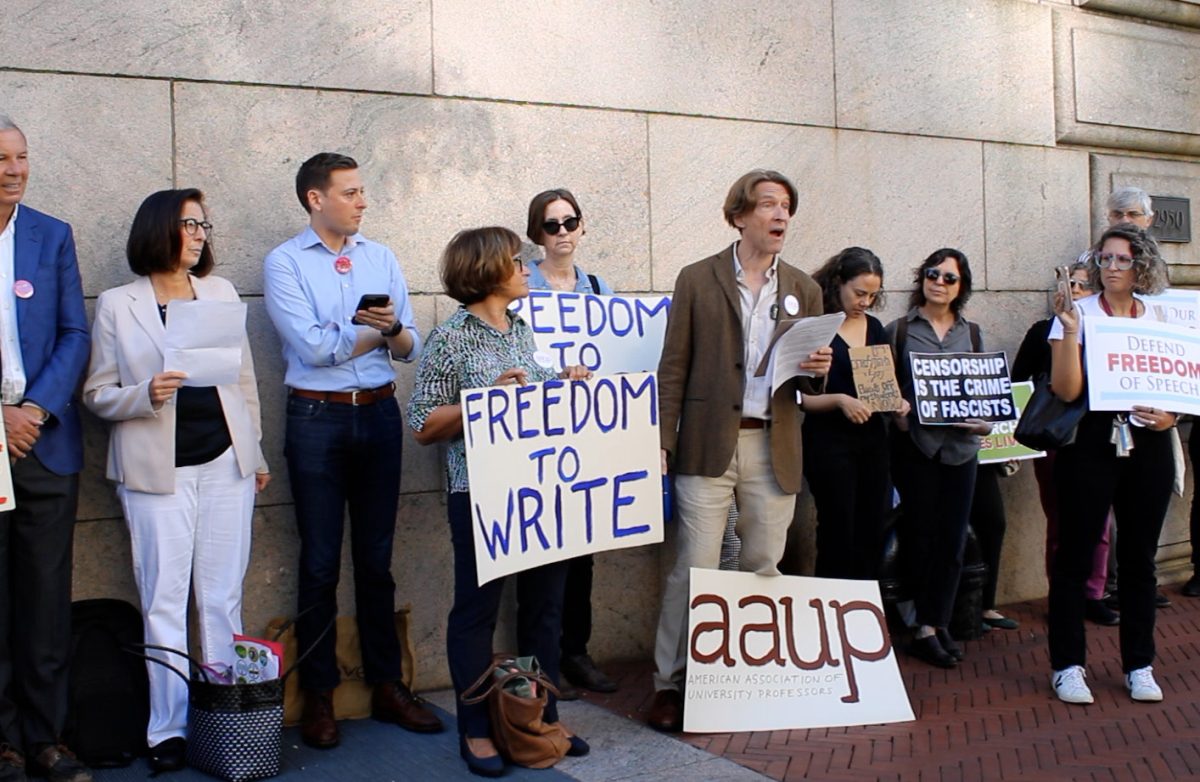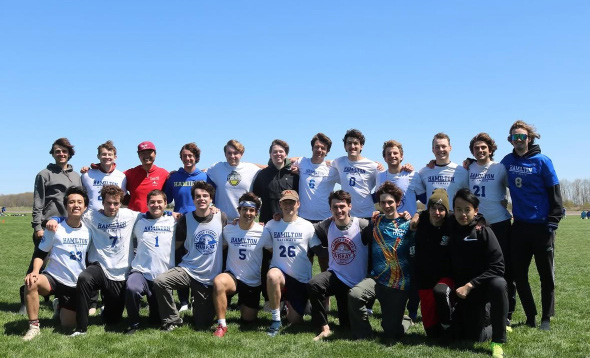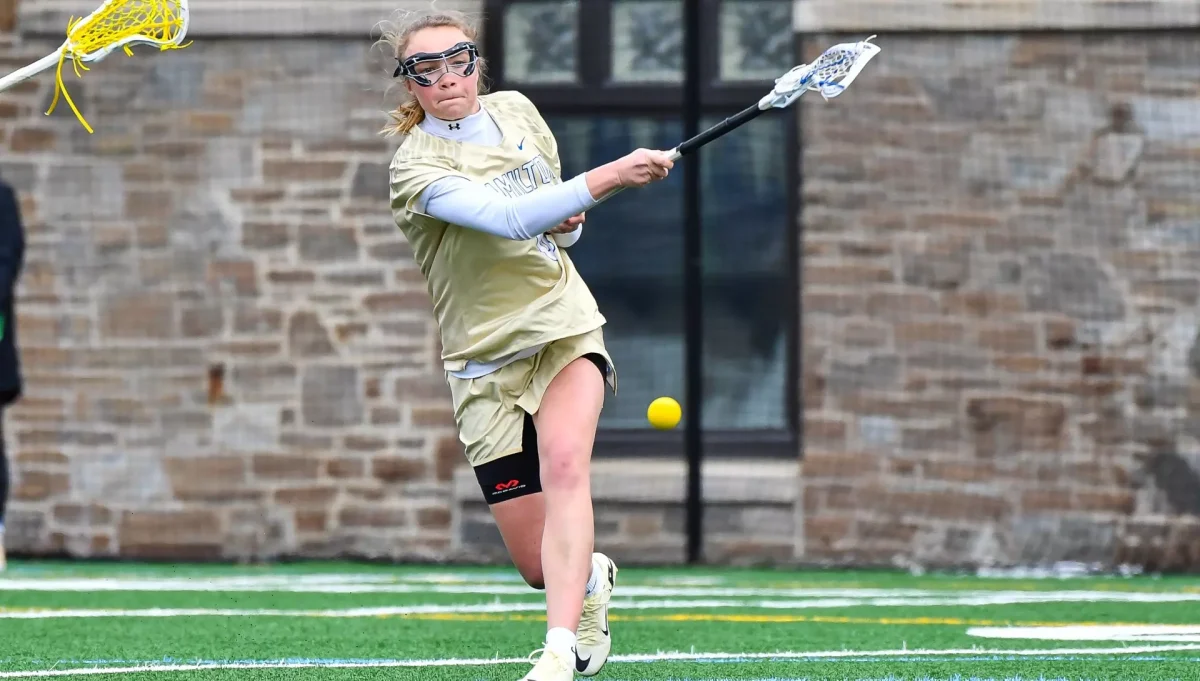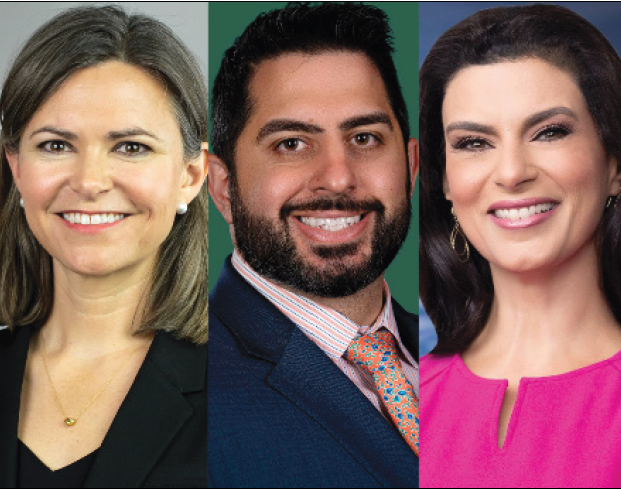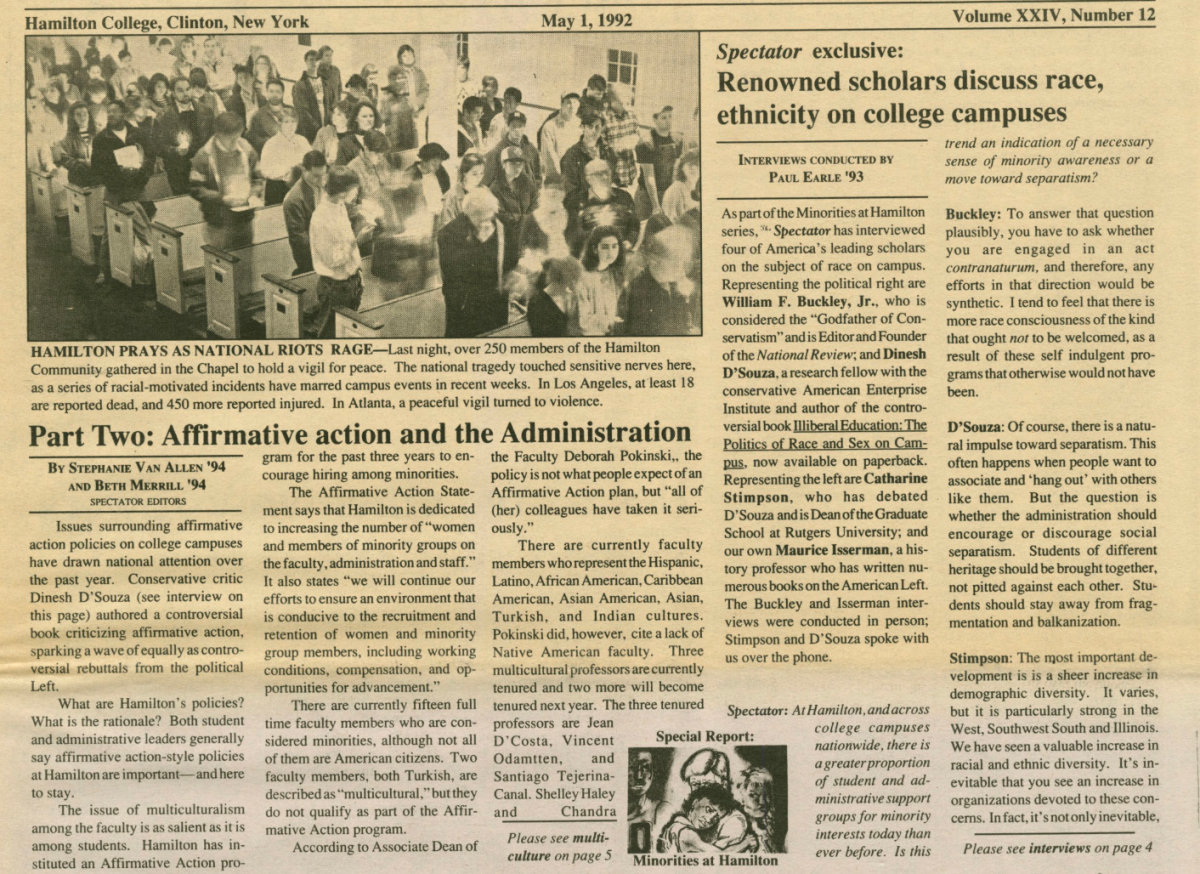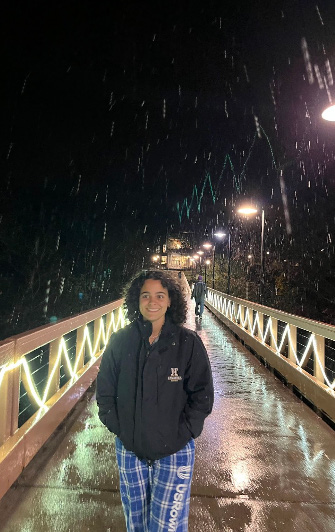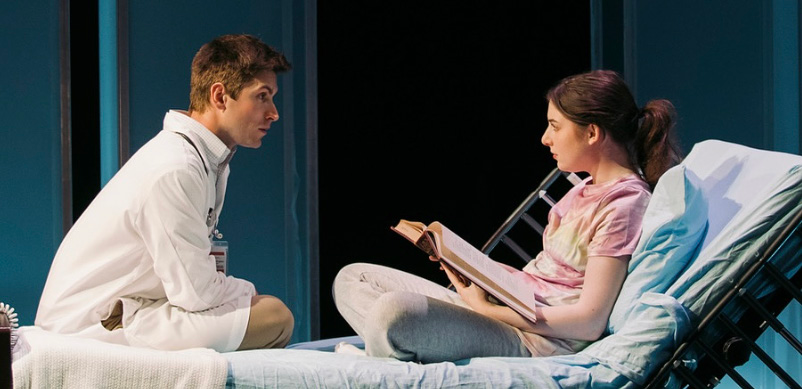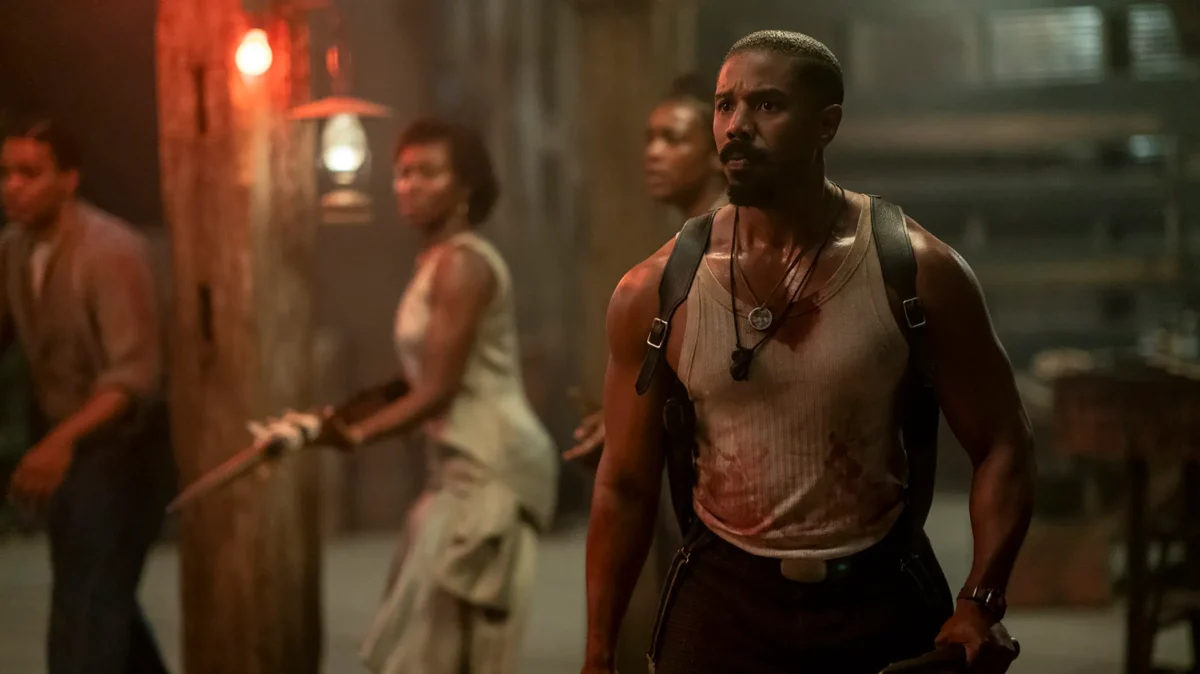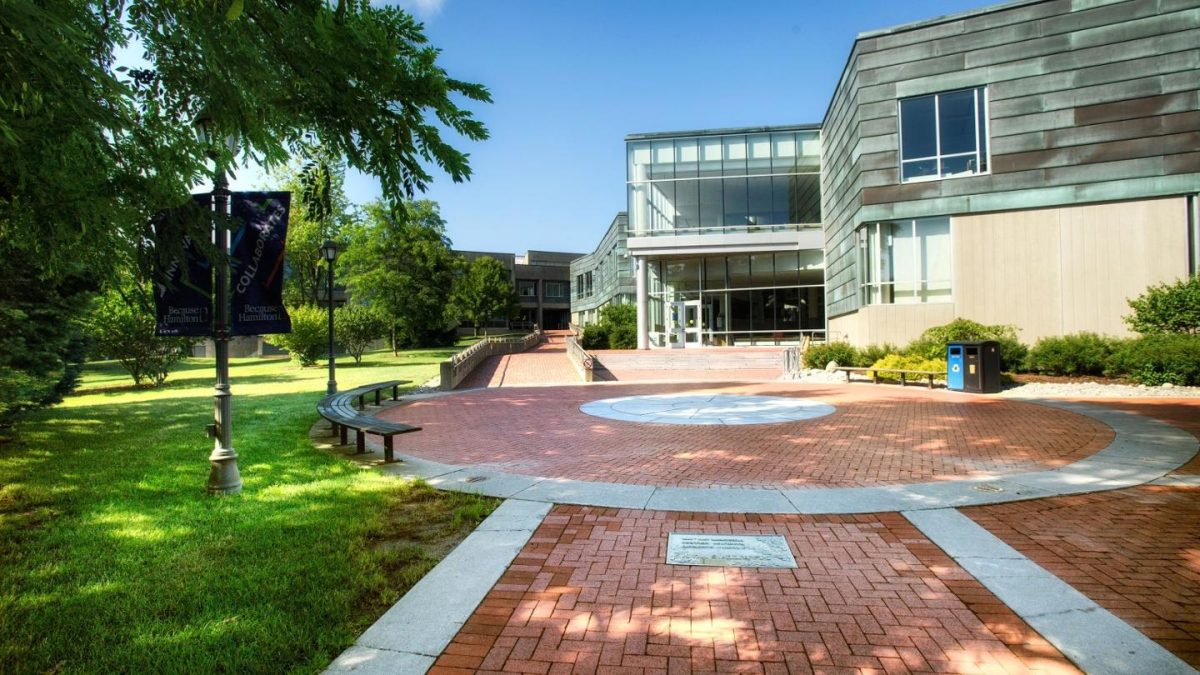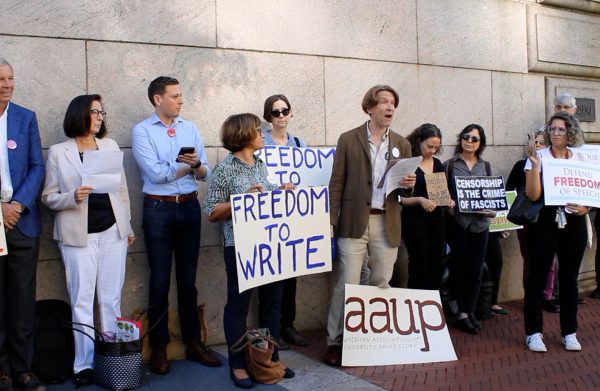
Am I being indoctrinated by the “woke agenda” as a student here at Hamilton? Does the faculty provide a one-sided view of policies currently being debated in the United States government? These are some of the reasons that the Trump administration has used to attack higher education, particularly major research institutions and liberal arts colleges. I often find myself reflecting on our isolated life here on the Hill, wondering whether our college and its professors are guilty of the charges Trump is leveling against us.
It’s not entirely surprising that Trump has made these accusations. He recognizes that many of these institutions are composed of predominantly left-leaning student bodies. But does this political orientation extend to the faculty as well? In an article published in 2008, former Assistant Dean of Faculty at Hamilton College Gordon J. Hewitt addresses this question. He cites a 2002 American Enterprise study that found faculty members affiliated with right-wing parties (Republican, Conservative or Libertarian) were vastly outnumbered by those affiliated with left-wing parties (Democrat, Green or Working Families). Hewitt goes on to point out that the study showed overwhelming dominance of left-leaning professors at institutions like Cornell University and the University of California at Santa Barbara, where the faculty-to-left ratio was 166:6 and 72:1, respectively. This study paints a clear picture of the faculty at major research institutions and liberal arts colleges leaning heavily to the left.
However, without knowing the exact breakdown of the professorship at Hamilton, it’s impossible to assert that our faculty is similarly left-leaning. For the sake of this essay, I will assume that Hamilton follows the trend seen at other liberal arts schools, and that our faculty likely holds a leftward political orientation. Despite this assumption, I can’t recall any instance, in my time as a Junior, where a professor has presented a one-sided view of the world or silenced a conservative voice attempting to present an alternative viewpoint.
In my experience, Hamilton College doesn’t silence its students. Instead, it encourages us to listen to and engage with positions from both the right and the left. There are professors here who argue that NATO expansion triggered Russia’s invasion of Ukraine, while others contend that the attack was entirely unprovoked. Every day, students are invited—if not required—to share their opinions based on factual evidence. That’s the essence of learning: to critically engage with multiple interpretations of an event and arrive at a conclusion that’s supported by evidence. This engagement has significant academic benefits. No professor here is actively working to silence a student’s voice, and if they did, it would likely harm the class dynamic, as it would inhibit students from engaging critically with perspectives they fundamentally disagree with.
In my view, it’s the role of the professor to introduce a topic and facilitate discussion, not to present a subjective opinion on the issue and end the conversation there. Even when their analysis of a topic seems subjective—despite their expertise—what matters is their ability to moderate discussion in a way that allows students to engage critically with one another. This process of exchanging diverse perspectives is where the most valuable learning occurs.
One of the greatest threats to both higher education and democracy is the creation of a fabricated narrative to support a particular agenda. A clear example of this can be seen in the Dominion Voting Systems v. Fox News Network case. In 2023, Fox Corporation settled a lawsuit with Dominion for $787.5 million after spreading false information about election fraud in the 2020 Presidential election. Politico correspondent Ankush Khardori described the case as a stunning example of media malpractice. Fox News and other outlets aligned with the Republican Party have been accused of using alternative facts to support policies that undermine democracy. This has far-reaching consequences, especially in the classroom. If the President of the United States can bind his reasoning to fabricated truths, it opens the door for students to adopt uncritical thinking, creating their own alternative realities instead of engaging with objective facts.
It’s crucial to recognize that the political landscape in the United States has shifted dramatically since 2002. The Democratic Party has become more progressive, focusing on protecting the educational rights of Americans, while the Republican Party has increasingly used “alternative facts” to push its agenda, including efforts to dismantle higher education. Donald Trump seems to be trying to weaken the foundation of higher education because he understands that educated, critical thinkers pose a threat to his pseudo-authoritarian administration.
Trump’s accusation that we are being indoctrinated by our professors deserves to be critically examined. As students at Hamilton College, we need to question whether Trump truly believes this or if he is simply afraid that well-educated, engaged thinkers will see through his attacks and expose them for what they are.



